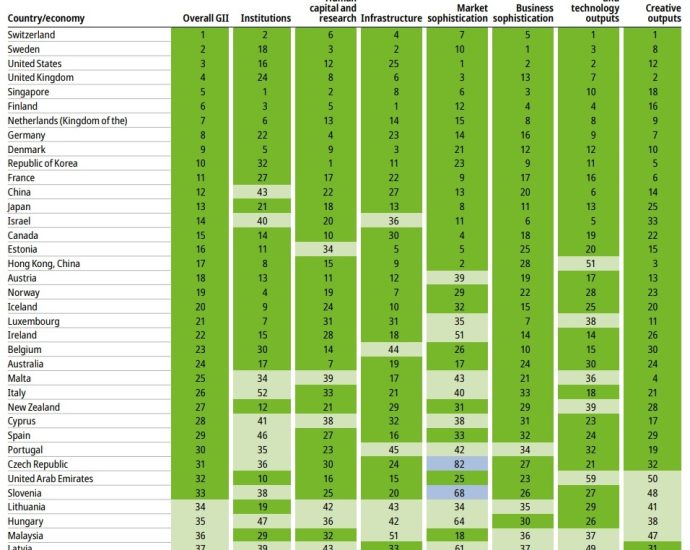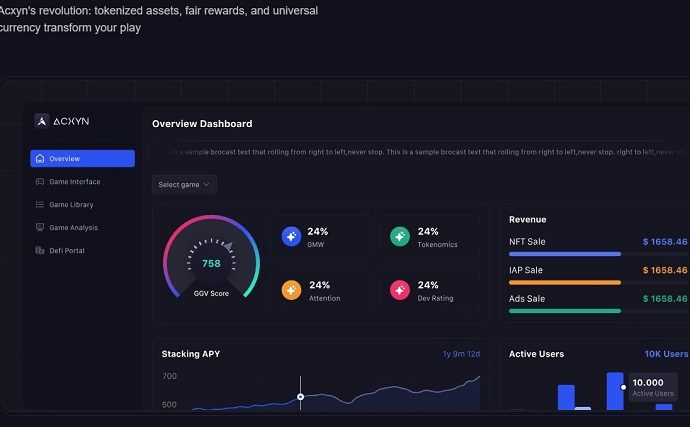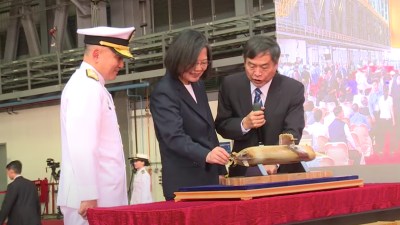Can TMJ seize the moment and be the dynamic leader Johorâs digital ambitions need?
Launch of Digital Johor Masterplan 2030 and leadership of TMJ as incoming Sultan
No-nonsense, results oriented leadership style could make the difference
There is a digital reboot going on in Johor, the southern Malaysian state that is a short causeway ride away from Singapore, which many observers on both sides of the causeway,…Continue Reading











